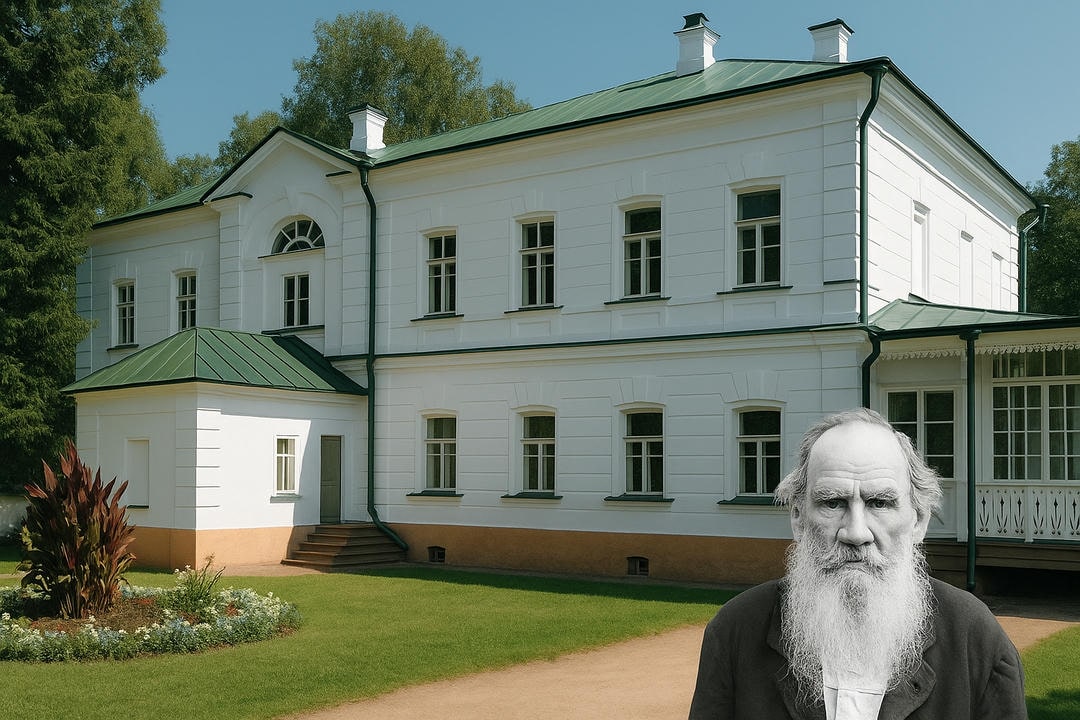Semyon Dezhnev, a 17th-century Russian explorer, made pioneering contributions that reshaped understanding of the geography and economic potential of the far northeast of Asia. His expeditions provided the first documented evidence of a strait separating Asia from North America, mapped critical waterways like the Kolyma River, and revealed the strategic importance of the Chukotka Peninsula. These achievements not only challenged long-standing geographic assumptions but also laid the foundation for regional development, trade expansion, and future settlements. Despite the significance of his discoveries, Dezhnev’s role has often been overshadowed in historical accounts.
17th-Century Russian Exploration and Siberian Expansion
To fully appreciate Dezhnev’s achievements, it is important to understand the broader context of Russian expansion during the 17th century. Russia was rapidly pushing eastward into Siberia, driven by the quest for valuable furs, new trade routes, and territorial claims. Siberia was largely unknown and sparsely populated by Russian settlers, with indigenous peoples living in diverse cultural communities. Explorers like Dezhnev were not only adventurers but also agents of state policy, tasked with mapping territories, establishing control, and opening economic opportunities.
This period marked a pivotal phase in Russian history known as the “Siberian Conquest,” which transformed vast wilderness into an integrated part of the Russian Empire. The harsh environment, difficult navigation, and indigenous resistance made this expansion challenging yet crucial for Russia’s emergence as a major power in Eurasia.
Early Exploration and the Discover of the Strait Between Continents

While Danish explorer Vitus Bering is widely credited with identifying the strait between Asia and North America in 1728, it was Semyon Dezhnev who first documented this vital geographic feature nearly 80 years earlier. In 1648, Dezhnev led an expedition along the Arctic coastline, successfully navigating around the northeastern tip of Asia.
During this journey, he reached Cape Bolshoy Kamenny Nose and provided detailed evidence of a navigable water passage that separated the Asian mainland from what is now Alaska. This passage, which came to be known as the Bering Strait, connects the Arctic Ocean with the Pacific Ocean, making it a critical maritime corridor for trade and exploration.
The Technical Challenges and Risks of Dezhnev’s Voyages
Dezhnev’s expeditions were remarkable not only for their discoveries but also for the technical difficulties faced. Navigating the Arctic coastline in the mid-1600s meant contending with extreme weather, unpredictable ice floes, and limited navigational tools. His vessels were small, often wooden boats ill-suited to open ocean conditions. The fact that his crew survived such perilous journeys speaks to their resilience and skill.
Moreover, these voyages occurred without the modern maps or instruments that later explorers would rely on. Dezhnev’s ability to chart unknown waters and identify a strait separating two continents was a feat of observation and endurance that few could match at the time.
Dezhnev’s discovery fundamentally challenged the prevailing view that Asia and North America were connected by land. His findings revealed a natural boundary between continents, highlighting the strategic importance of this strait in shaping territorial claims and facilitating movement across the region.
Mapping the Kolyma River and Its Strategic Importance
One of Dezhnev’s key achievements was his detailed mapping of the Kolyma River, an extensive waterway flowing through northeastern Siberia. Prior to his explorations, much of this area remained unmapped and inaccessible, limiting economic activity and settlement.
Dezhnev’s identification of the Kolyma as a navigable river transformed it into a critical transportation route. This opened access to previously isolated parts of Siberia, enabling movement of goods, people, and resources across vast distances.
The strategic value of the Kolyma River was closely linked to its role in expanding the fur trade—a major economic driver at the time. Its waters facilitated resource extraction and encouraged the establishment of settlements such as Srednekolymsk, which grew into important hubs for commerce and governance.
The Role of Indigenous Peoples in Dezhnev’s Expeditions
While Russian explorers are often credited with opening Siberia, it is important to recognize the essential role that indigenous peoples played in these explorations. Groups such as the Chukchi, Yukaghir, Evenki, and others had intimate knowledge of the land, rivers, and survival techniques necessary in this harsh environment.
Dezhnev’s interactions with these communities were marked by both cooperation and conflict. Indigenous guides provided crucial assistance in navigation and resource gathering. Additionally, trade relationships developed around furs and other goods helped integrate native populations into expanding economic networks.
Understanding this collaboration offers a more nuanced view of Siberian exploration as a process involving multiple cultures rather than solely Russian conquest.
By integrating the Kolyma into regional logistics networks, Dezhnev’s work accelerated Siberia’s economic development and enhanced freedom of movement for explorers and traders venturing into these remote territories.
Unveiling the Chukotka Peninsula and Establishing Russian Presence
Building on his earlier successes, Dezhnev conducted systematic expeditions around the Chukotka Peninsula, becoming the first recorded explorer to circumnavigate this rugged and remote region. His voyages provided comprehensive geographic knowledge of Chukotka’s coastline, rivers, and natural resources.
Recognizing its strategic value, Dezhnev established the Anadyr fortress at the mouth of the Anadyr River. This fortification became a crucial foothold for Russian influence in the area, securing territorial claims and enabling sustained presence.
Dezhnev also documented extensive walrus rookeries along Chukotka’s shores. These rich marine mammal populations offered valuable resources for trade and economic growth, particularly in ivory and oil.
Beyond natural resources, Dezhnev’s detailed records of indigenous communities enriched understanding of local cultures, facilitating more effective interaction and integration during subsequent settlement efforts.
His comprehensive work laid essential groundwork for expanding Russian control over northeastern Siberia and integrating this frontier into broader economic and political networks.
Cultural Legacy and Modern Recognition of Dezhnev
Despite his significant contributions, Semyon Dezhnev remained relatively obscure in popular history until recent decades. His legacy has been increasingly recognized through academic research, historical commemorations, and cultural projects.
In Russia today, Dezhnev is celebrated as a symbol of pioneering spirit, courage, and exploration. Monuments have been erected in his honor, including memorials near key sites like the Anadyr fortress. Museums in Siberia feature exhibits dedicated to his voyages, providing educational resources for visitors interested in Arctic history.
For foreigners learning about Russian culture, Dezhnev’s story exemplifies themes of endurance against adversity and the drive to explore unknown frontiers—qualities often linked with Russian identity.
![]()
The Lasting Impact of Dezhnev’s Discoveries
Semyon Dezhnev’s explorations significantly altered geographic knowledge and regional dynamics in northern Asia. By revealing the existence of the strait separating continents, mapping key river systems like the Kolyma, and establishing strategic outposts on the Chukotka Peninsula, he opened new pathways for trade, settlement, and territorial expansion.
His achievements challenged established narratives that credited later explorers with discoveries he had already made decades prior. Modern scholarship continues to analyze and appreciate the full extent of his contributions, recognizing their enduring influence on Siberian development and Arctic exploration history.
Dezhnev’s legacy is a testament to early Russian exploration’s critical role in shaping Northeast Asia’s geography, economy, and cultural landscape—an impact that resonates in regional dynamics to this day.
Comparing Dezhnev’s Contributions to Other Explorers
It is useful to compare Dezhnev’s achievements with those of other famous explorers to place his work in a global context. While Vitus Bering is often credited for “discovering” the strait between Asia and North America in 1728, Dezhnev’s earlier navigation proved its existence decades before.
Similarly, other explorers like Henry Hudson or Abel Tasman mapped new territories but often had better technology or support from powerful sponsors. Dezhnev’s expeditions were notable for being state-supported but conducted under far more primitive conditions.
This comparison highlights how exploration history can be shaped by politics, timing, and documentation—factors that sometimes overshadow actual accomplishments.




